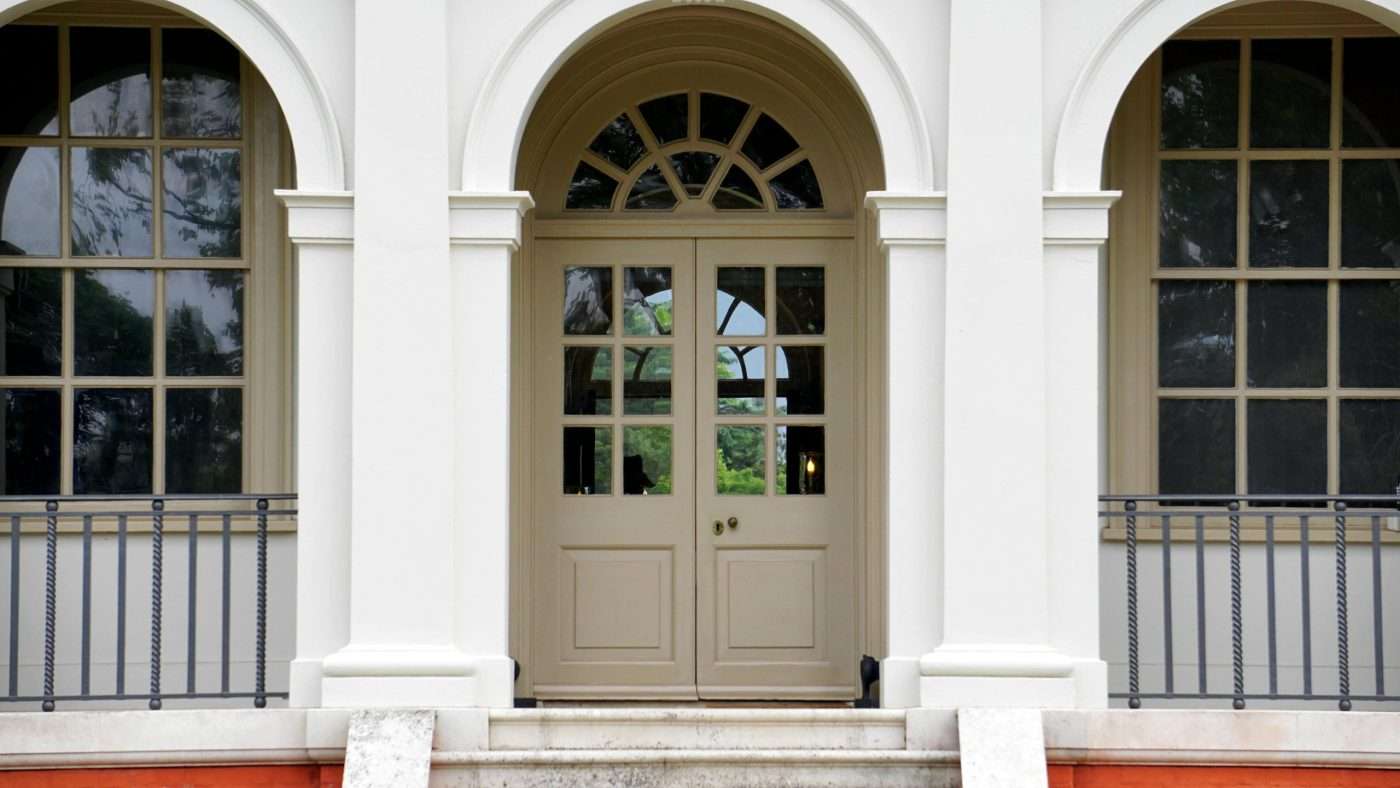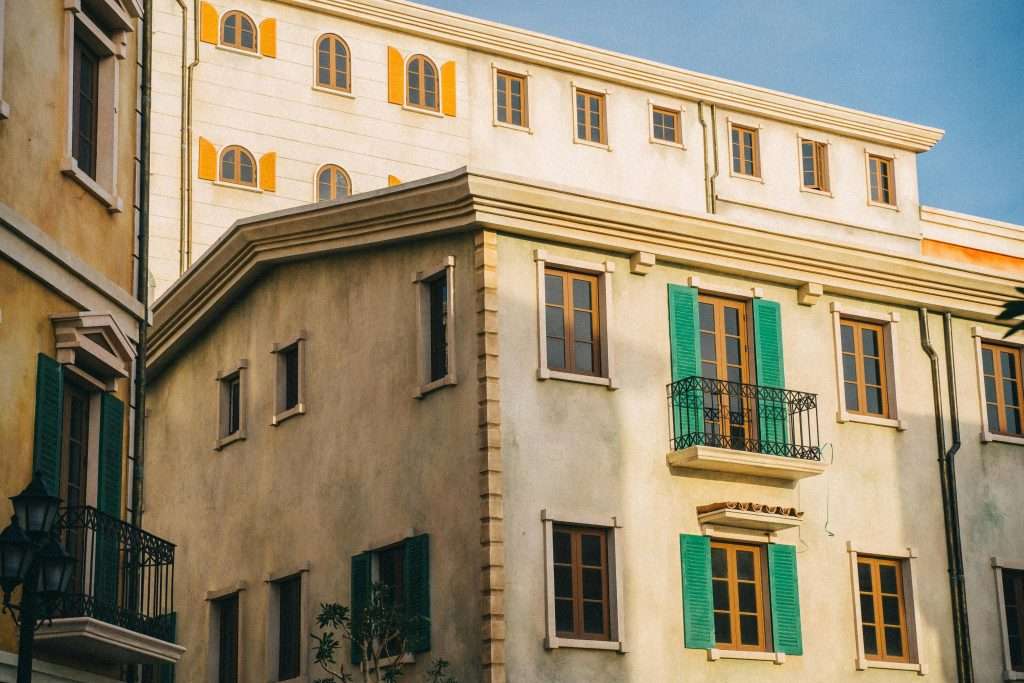What Are Historic Home Inspections?
The Comprehensive guide to historic home inspections contains crucial information for homebuyers. Buying a historical home is a journey filled with charm, character, and often a touch of romance. These properties often boast unique architectural details and a rich narrative woven into their walls. However, purchasing a historical home involves more than just falling in love with its aesthetic; it requires a meticulous inspection process to ensure you’re making a sound investment. This blog will guide you through the essential steps and considerations for inspecting a historical home, helping you navigate the complexities of this unique property type. So, what are historic home inspections? Let’s find out.

Understanding Historical Homes
Historical homes are defined by their age and significance, often featuring architectural styles or construction methods from bygone eras. They may have been built in various periods, ranging from Colonial to Victorian, Edwardian, or even mid-century modern. Each era brings its own set of construction techniques and materials, which can influence the inspection process.
- The Initial Assessment
1.1 Research the Property’s History
Before diving into the technical aspects of an inspection, start by researching the property’s history. Historical homes often come with a story, and understanding this context can provide valuable insights into potential issues. Historical records, previous ownership, and renovations can reveal past problems and how they were addressed.
1.2 Engage a Real Estate Agent with Expertise
Working with a real estate agent experienced in historical properties is crucial. They can offer insights into common issues with homes from specific periods and help you find inspectors who specialize in historical properties.
- Conducting the Inspection
2.1 Hire a Specialized Inspector
Historical homes require inspectors who are familiar with the specific challenges these properties present. Look for an inspector who has experience with historical properties and understands the unique construction methods and materials used in such homes. They should be able to identify potential problems that might not be apparent to a general inspector.
2.2 Structural Integrity
2.2.1 Foundation and Framing
One of the first areas to examine is the foundation and framing. Historical homes may have been built with materials and techniques that are not up to modern standards. Look for signs of settling or shifting, such as uneven floors, cracks in the walls or foundation, and doors or windows that don’t close properly.
2.2.2 Roof and Chimney
The roof is another critical area to inspect. Historical homes often have roofs made from materials like slate or cedar shakes, which require specific maintenance. Inspect for missing or damaged shingles, leaks, and the overall condition of the roof structure. The chimney should be checked for stability and any signs of deterioration, as older chimneys may have structural issues or outdated flue systems.
2.3 Electrical and Plumbing Systems
2.3.1 Electrical Wiring
Many historical homes have outdated electrical systems that may not meet current safety standards. Look for knob-and-tube wiring, which is often found in homes built before the 1930s and can be a fire hazard. Ensure that the electrical panel is modern and capable of handling current power demands.
2.3.2 Plumbing
Plumbing systems in historical homes might be made from materials like lead or galvanized steel, which are no longer used due to health risks and inefficiency. Inspect the pipes for leaks, corrosion, and general wear. Ensure that the water pressure is adequate and that there are no signs of water damage or mold.
2.4 HVAC Systems
Heating and cooling systems in historical homes can vary greatly. Older homes may have original coal or oil heating systems that are inefficient by today’s standards. Ensure that the heating system is functional and safe, and if it’s an older system, consider the cost and feasibility of upgrading to a modern HVAC system.
2.5 Insulation and Energy Efficiency
Historical homes often have poor insulation by modern standards. Check the insulation in the walls and attic, and be aware that adding insulation might be challenging without disrupting the home’s historical integrity. Energy efficiency upgrades can be necessary but should be done in a way that preserves the home’s character.
2.6 Windows and Doors
Windows and doors in historical homes are often original and may need special attention. Inspect for signs of rot, damage, or inefficiency. Original windows can be restored or repaired, but if replacement is necessary, ensure that any new windows match the historical style of the home.
2.7 Interior and Exterior Finishes
2.7.1 Interior
Inside the home, look for signs of wear and tear in finishes like plaster walls, original woodwork, and flooring. Historical homes might have decorative moldings, antique fixtures, and unique flooring materials that can be costly to restore. Check for any damage, peeling paint, or signs of water infiltration.
2.7.2 Exterior
The exterior of a historical home should be examined for issues with the siding, brickwork, or stucco. Look for signs of decay, damage, or poor previous repairs. Historical exteriors often require specialized maintenance and repair techniques to preserve their original appearance.
- Addressing Potential Issues
3.1 Prioritize Repairs and Restoration
After the inspection, you’ll likely have a list of issues that need addressing. Prioritize these based on their impact on safety, structural integrity, and overall functionality. Some repairs may be urgent, while others can be addressed over time.
3.2 Work with Specialists
Historical homes often require specialists for repairs and restoration. Engage craftsmen and contractors who have experience with historical properties to ensure that any work done is in keeping with the home’s original style and materials.
3.3 Budget for Maintenance
Owning a historical home comes with ongoing maintenance costs. Budget for routine upkeep, as well as for potential future repairs. Be prepared for the possibility of unexpected issues arising, particularly with older systems and materials.
- Legal and Regulatory Considerations
4.1 Historic Preservation Laws
Many historical homes are protected by local, state, or national preservation laws. Research these regulations to ensure that any renovations or repairs you undertake comply with the guidelines for preserving historical properties.
4.2 Tax Incentives and Grants
In some areas, there are tax incentives or grants available for the restoration and preservation of historical homes. Investigate whether you qualify for any financial assistance that could help offset the costs of maintaining your historical property. Discover Macon
- Final Thoughts
Buying a historical home is a commitment that extends beyond the initial purchase. It involves a deep appreciation for the property’s past and a willingness to invest in its future. The inspection process is crucial in identifying potential issues and ensuring that the home remains a safe and enjoyable place to live.
By understanding the unique challenges associated with historical homes and working with experts who specialize in these properties, you can make an informed decision and embark on a rewarding journey of owning a piece of history. Remember, while the inspection might reveal areas needing attention, the character and charm of a historical home often far outweigh the effort required to maintain it.
Embrace the opportunity to preserve a slice of history and enjoy the unparalleled experience of living in a home with a story as rich as its architecture. Call JoJo 478-731-1302


